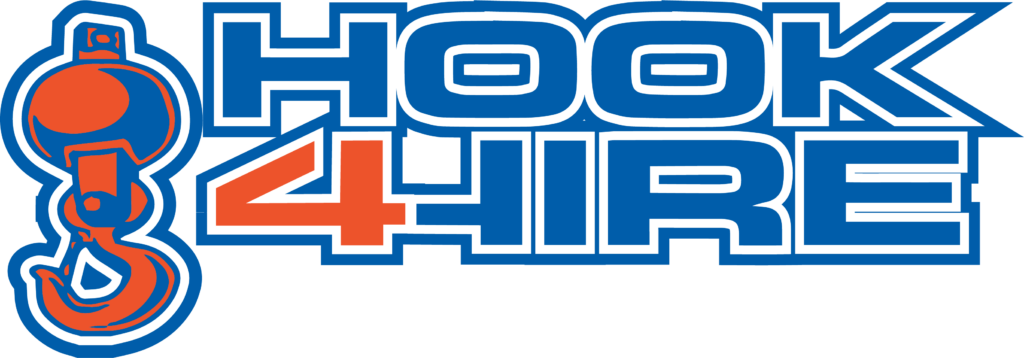Lifting and moving massive objects is an essential part of the construction. It is a regular occurrence in a range of industries. Even though experienced riggers make the task look easy, the truth is far more complex. When rigging and lifting, multiple factors must be taken into account. Neglecting any of these details can lead to a hazardous situation. It is critical to remember that a thousand-pound load suspended in the air can be a very dangerous situation.
As such, the last thing anyone wants to deal with when rigging anything is a mistake that’s a little too late to address. So, to ensure that your rigging is done properly and safely, it is vital to be aware of the common rigging mistakes that are done:
Mistake 1. Being Unaware of the Load’s Weight
To safely and correctly rig a load, it is important to know the exact weight of the load before beginning the lift. Not taking the time to weigh the load accurately can lead to unnecessary risk and potential accidents. It is essential to be aware of the weight of the load before attempting to lift it in order to ensure the safety of both the operators and the equipment.
So, before any lifting or rigging operations, it is necessary to calculate the object’s weight accurately. In many cases, the weight is marked on the object itself. If not, it can be found in the design plans, the manufacturer’s catalog, or through manual calculations that consider all the rigging equipment.
Mistake 2. Not Paying Attention to Load Control
Rigging a load properly is necessary, but managing the lift is just as important. Planning the lift thoroughly and making judicious decisions can prevent the load from becoming unstable and should always be taken into consideration. Ignoring load control can lead to disastrous consequences.
Riggers should consider the load’s weight, the center of gravity, the route of transportation, weather conditions, and other relevant factors to guarantee safe and secure load control. This enables the proper rigging and transportation of the load without any difficulties.
Mistake 3. Working with Inexperienced and Unqualified Individuals
Using inadequately trained riggers in any lifting operation is a huge mistake because it leaves little room for error. It is crucial to have certified riggers on duty to ensure the safety of the work environment. Moreover, the Occupational Health and Safety Administration (OSHA) and the American Society of Mechanical Engineers/American National Standards Institute (ASME/ANSI) require certified riggers when a mobile crane with a capacity of more than 2,000 lbs. is used.
Rigging and lifting workers should be highly skilled in operating and managing the equipment involved in lifting and transporting heavy objects. They should have a good understanding of the laws, regulations, and safety protocols related to hoisting and lifting, and they should be able to assess the weight, balance, and stability of the load being lifted. They should also be able to use the appropriate tools and techniques to ensure the safe and secure transportation of the load.
Mistake 4. Picking and Using the Wrong Rigging Equipment
Selecting the right gear for your lifting project is essential to ensure a successful outcome. It is important to consider the type, capacity, weight capacity, and quality of the rigging gear you will be using to ensure that your lifting plan runs smoothly and safely.
Before choosing your rigging equipment, think carefully about the load needs. Take into account the size, weight, shape, route, and headroom limitations, and then compare that data with the details of the rigging apparatus you’re eyeing for your final decision.
Conclusion
Not taking the necessary steps to ensure safe rigging procedures can be catastrophic. Failing to properly weigh a load or verify a rigger’s credentials can lead to disastrous consequences for people and property. To prevent these types of tragedies, it is important to stay committed to secure rigging operations and ensure that all safety measures are properly followed.
Hook4Hire offers top-quality cranes designed to cover large distances and help complete projects right on time. If you are interested in rigging equipment, check out how we can help.
